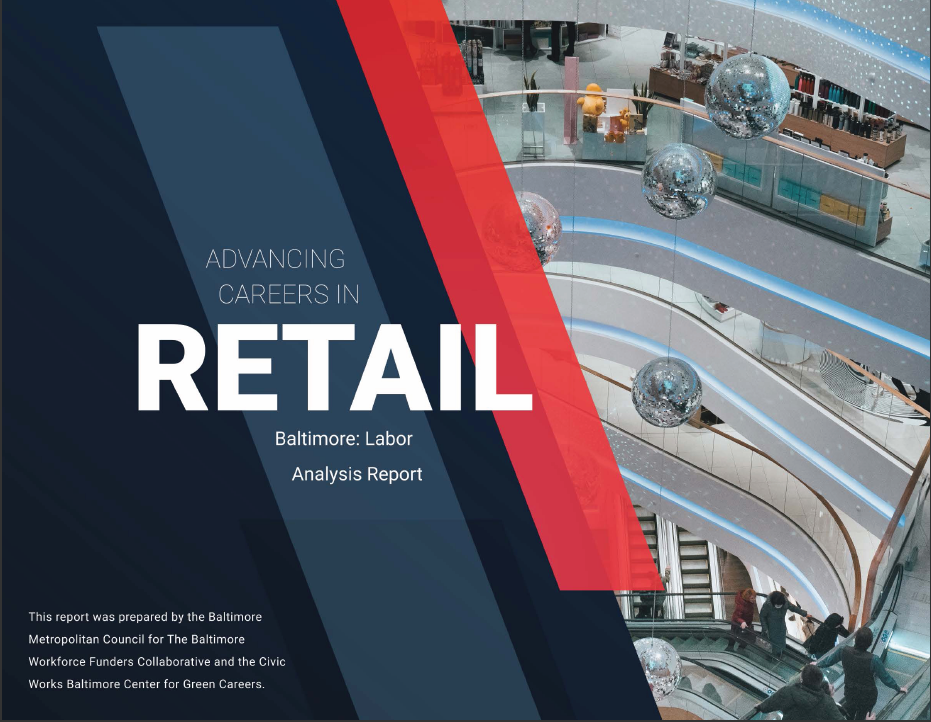Updates from the Baltimore Integration Partnership, a project hosted by the Maryland Philanthropy Network.
Join us as we celebrate the top resources from across the youth philanthropy field.
RESOURCE FOR MEMBERS ONLY
View materials from "What if Philanthropy Celebrated Black Abundance?".
FIND MORE BY:
RESOURCE FOR MEMBERS ONLY
View materials from Disaster Philanthropy Basics.
FIND MORE BY:
Chesapeake Charities is calling for nominations for the following prestigious awards: Philanthropist of the Year, Nonprofit of the Year and Volunteer of the Year. The awards will be presented at its annual Celebration of Charity luncheon on Nov.
As a child, whether she knew it or not, Becki Kurdle was making mental notes that would help lead her to her love of giving and helping others. Her parents’ volunteerism left an indelible impression on her.
By expanding support to arts and cultural organizations in diverse neighborhoods, funders can provide a missing ingredient in the effort to advance equity.
Technology Affinity Group has released two new resources as a part of its Cybersecurity Essentials for Philanthropy series. These publications offer best practices and suggestions based on the collective on-the-ground knowledge and experience of philanthropic organizations across North America.
FIND MORE BY:
Rebuilding local news coverage is part of a civic-repair program we must pursue to restore the democratic promise of our cities and of our country.
Please join The Community Foundation of Frederick County on Nov. 19 at 3 p.m. for the premiere of #NothingStopsPhilanthropy, a short and exciting video about how we, together, made great things happen in Frederick County in fiscal year 2020.
In the wake of rising domestic extremism, hate-fueled attacks, and global attention to the atrocities in Ukraine, Tigray, and China, how should funders respond? Join us for a conversation with Dr. David Frey, Founding Director of the Center for Holocaust and Genocide Studies at the United States Military Academy, West Point about understanding, preventing, and responding to extremism, and empowering individuals, communities and organizations as they chart new paths forward.
Please join Health Funders to hear outcomes from this year’s legislative session.
Hosted and presented by United Philanthropy Forum in partnership with the Council on Foundations and Independent Sector, Foundations on the Hill is intentionally designed as a forward-looking advocacy conference and experience. After a year marked by rapid policy shifts, heightened scrutiny, and growing demands on charitable institutions, philanthropy is gathering to collectively strengthen the sector’s independence and its ability to serve communities in the years ahead.
As socially conscious consumerism grows in Baltimore, companies that are committed to job quality are seeing a competitive advantage.
Businesses large and small will be critical partners as the world continues to heal from the global pandemic and its economic impacts. The field of corporate philanthropy will shift and adapt to make the most of limited resources of human and financial capital to help communities in their back yard and beyond. Maureen Flynn from Changing Our World - a consulting company dedicated to helping the private sector act as a force for public good - will moderate a discussion with Mateus Baptista, Deputy Director at Panasonic, and Michele Mehaffy, Consumer Affairs Manager at Wegmans, about how this work continues to evolve to meet community need.
 The Baltimore Workforce Funders Collaborative at Maryland Philanthropy Network has released a report designed to provide information on the labor market for the retail trade and food services/drinking places sectors in Baltimore City. This report was prepared by the Baltimore Metropolitan Council as part of Advancing Careers in Retail-Baltimore, a BWFC-sponsored partnership aimed at improving job quality and advancement opportunities...
The Baltimore Workforce Funders Collaborative at Maryland Philanthropy Network has released a report designed to provide information on the labor market for the retail trade and food services/drinking places sectors in Baltimore City. This report was prepared by the Baltimore Metropolitan Council as part of Advancing Careers in Retail-Baltimore, a BWFC-sponsored partnership aimed at improving job quality and advancement opportunities...
FIND MORE BY:
RESOURCE FOR MEMBERS ONLY
View the Executive Summary from "5th COVID-19 Funder Response and Coordination Call"
FIND MORE BY:
The nationwide misalignment between the science of how to teach children to read and how reading is actually taught in most schools has been in the news for more than a year.

